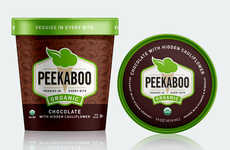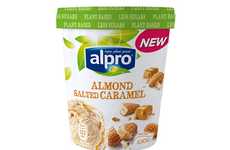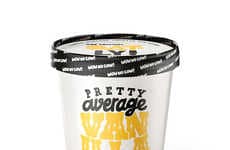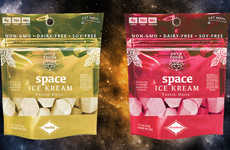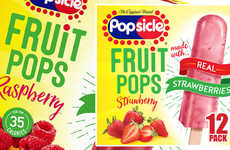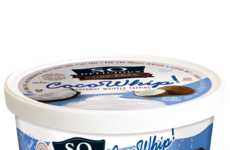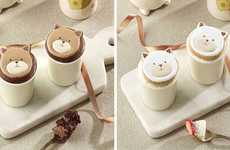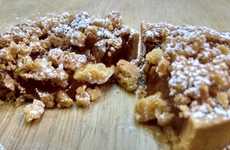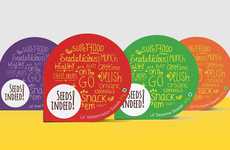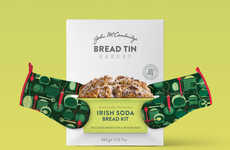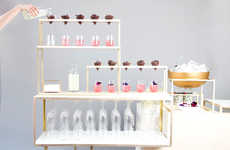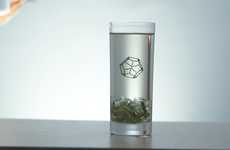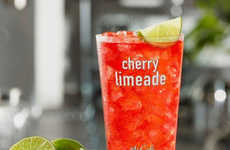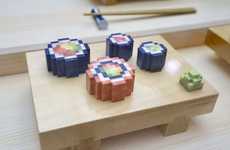

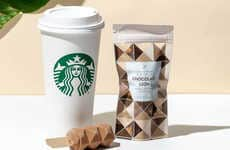

3D-printed foods are created with abstract, artistic designs
Implications - 3D-printing offers an array of possibilities in most industries, and the world of food is adopting it not only for its convenience and novelty factors, but its ability to construct otherwise-difficult abstract food pieces. This shift comes as aesthetic focused consumption dominates in the age of social media use and marketing.
Workshop Question - How can your brand refocus its energy into creating shareable content or designs?
Trend Themes
1. Aesthetic Foods - 3D-printed foods are becoming popular due to their ability to create abstract, artistic food designs, catering to the growing preference for photogenic consumption.
2. Customized Cakes - Techno Test Kitchen and 3D Systems use 3D printing to create unique and complex cake forms, opening up opportunities for creative adornments and customized food experiences.
3. Digitized Food - Open Meals brings us closer to digitized food with its Pixel Food Printer and patent-pending Food Base, laying the foundation for food items that can be easily recreated as artful, edible pixel reproductions.
Industry Implications
1. Food Industry - With 3D printing, the food industry can create unique and complex food forms, creating a unique and customized food experience.
2. Technology Industry - As 3D printing technology advances, the technology industry has plenty of room for innovation and disruption when it comes to digitizing different products in various industries.
3. Hospitality Industry - The Hospitality Industry has potential to leverage these 3D-printing innovations by creating immersive experiences and personalized offerings for its customers.
